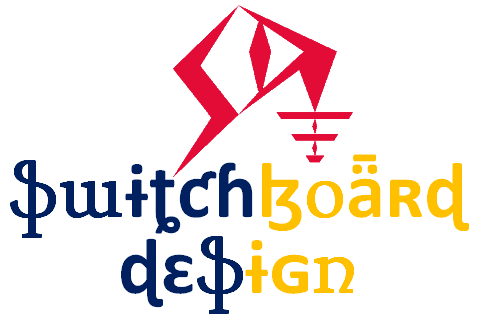Subtotal: ₹100.01
Soft Starters block 3RW40
Original price was: ₹125.00.₹100.00Current price is: ₹100.00.
The SIRIUS 3RW40 soft starters are electronic motor control devices that facilitate optimal starting and stopping three-phase induction motors
Applications:
1. Soft start
2. Soft stop (3RW40 only)
3. Uninterrupted switching without current peaks that place a heavy load on the system
4. Simple installation and commissioning
5. Compact, space-saving design
6. Conveyor belts
7. Roller conveyors
8. Compressors
9. Fans
10. Pumps
11. Hydraulic pumps
12. Agitators
13. Circular saws / band saws
Advantages:
1. Conveyor belts and transport systems:
– Smooth starting
– Smooth stopping
2. Rotary pumps and piston pumps:
– No pressure surges
– Increased service life of the pipe system
3. Agitators and mixers:
– Reduced starting current
4. Fans:
– Protection for the gearbox and V belt
This Soft Starters block is easily insert in your schematic diagram and connect as you like way.
The SIRIUS 3RW40 soft starters have two antiparallel thyristors in two out of the three phases. One thyristor for the positive half-wave and one for the negative half-wave is provided in each phase (refer to Fig. “Phase angle control and schematic diagram of a two phase controlled soft starter with integral bypass contacts”). The current in the third, uncontrolled phase is the sum of the currents in the controlled phases. The rms value of the motor voltage is increased (from a settable starting voltage) to the rated motor voltage within a definable ramp-up time by means of the phase angle control. The motor current changes in proportion to the voltage applied to the motor. As a result, the
starting current is reduced by the factor of this voltage. There is a quadratic relationship between the torque and the voltage applied to the motor. As a result, the starting torque is reduced quadratically in relation to this voltage.
Soft start /soft stop
This means that, since the motor voltage is controlled by the electronic soft starter during the
startup process, the consumed starting current and the starting torque generated in the
motor are also controlled.
The same principle is applied during the stop process. This ensures that the torque
generated in the motor is gradually reduced, so that the application can stop smoothly (the
soft stop function is only supported by the 3RW40).
The frequency remains constant during this process and corresponds to the mains
frequency, in contrast to frequency controlled starting and stopping of a frequency converter.
Two-phase control
The SIRIUS 3RW30 and 3RW40 soft starters are two-phase controlled soft starters, in other
words they are designed with two antiparallel thyristors in each of phases L1 and L3. Phase
2 is an uncontrolled phase, which is merely guided through the starter by a copper
connection.
In a two-phase controlled soft starter, the current that results from the superimposition of the
two controlled phases flows in the uncontrolled phase. The main advantages of two-phase
control include the more compact size compared to a three-phase version and the lower
hardware costs.
The occurrence of DC components, caused by the phase angle and the overlapping phase
currents, is a negative physical effect of two-phase control during the startup process that
can mean a louder noise is produced by the motor. The “polarity balancing” control principle
was developed and patented by SIEMENS to prevent these DC components during starting.

 2NO1NC
2NO1NC 




Reviews
There are no reviews yet.